In this Tool Kit we offer suggestions that will help you avoid unnecessary pesticides and fertilizers, along with natural ways to maintain healthy soils.
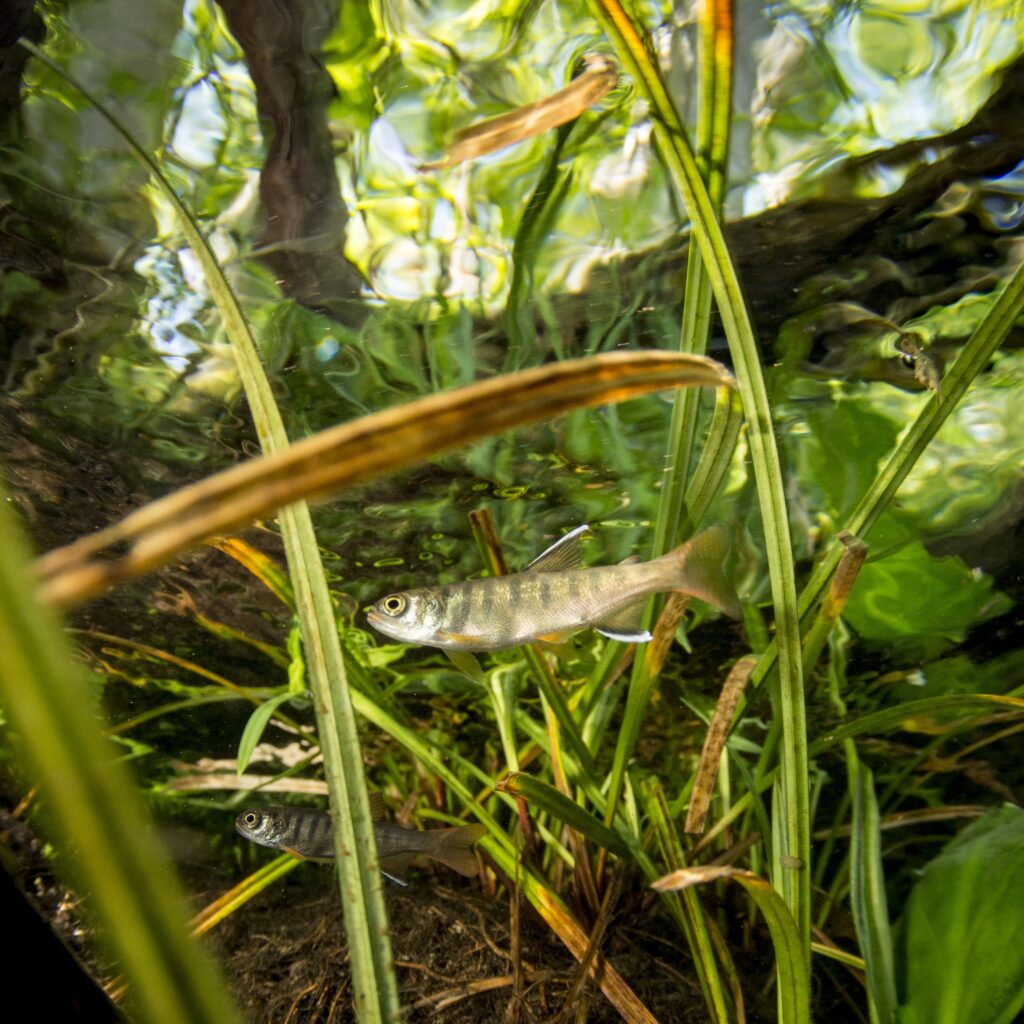
Pesticides are often made up of toxic chemicals that can make their way to aquatic environments and directly affect the health of salmon. Avoiding them makes streams and salmon healthier.
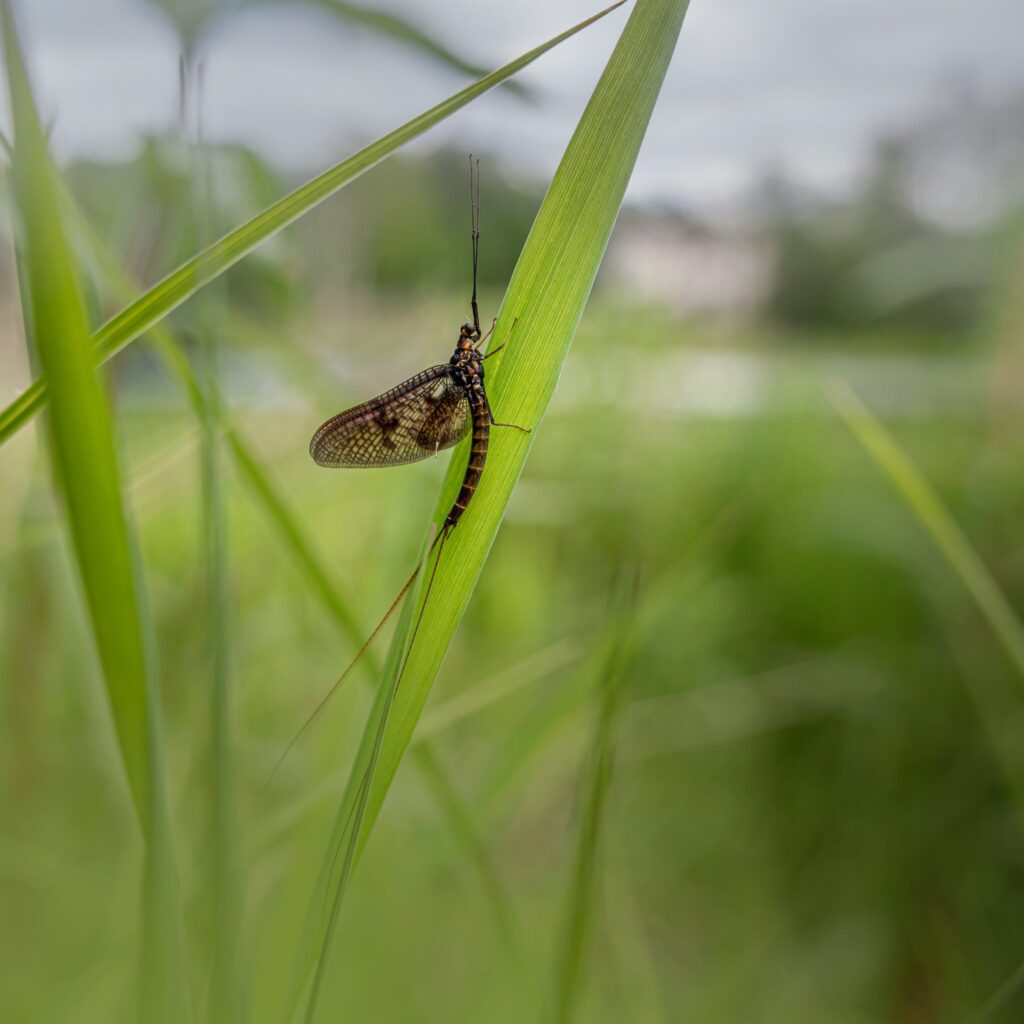
Pesticides can indiscriminately kill insects that are not harmful garden pests but are an important part of the ecosystem and a vital food source for salmon.
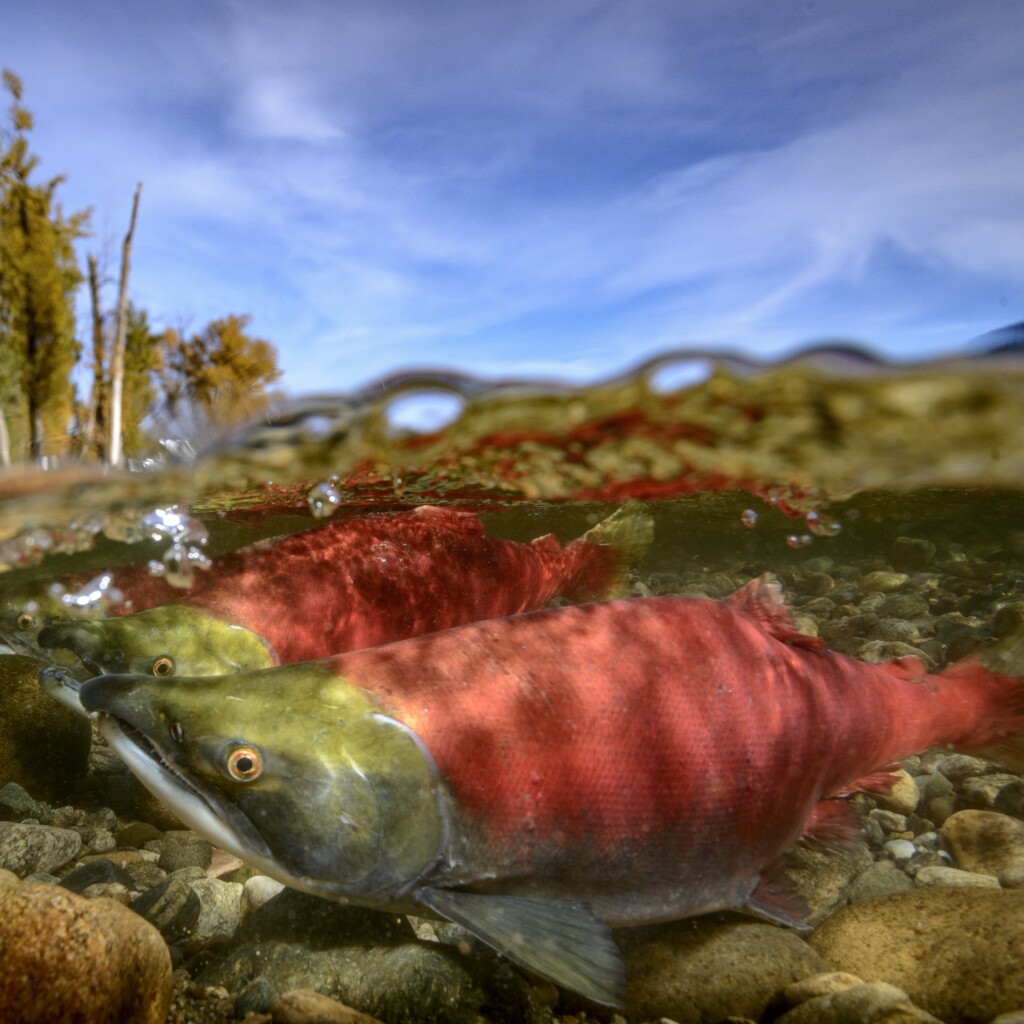
Maintaining healthy soils without the use of excessive fertilizers helps keep waterways clean and healthy for salmon. Fertilizers contribute to eutrophication and algal blooms which can rob the water of oxygen and lead to fish kills.
Insects are part of a healthy ecosystem – but in our gardens, we would prefer that some insects don’t snack on the broccoli and kale that we have grown for our dinner!
Integrated Pest Management is a holistic approach to pest management that focuses on pest prevention and treating the garden as a system. Remember that insects are a part of this system, so some level of pest damage should be acceptable. Crop rotation is an important principle of pest management, as it helps prevent pests from building up in the soil. Monitoring for pests is crucial. Notice where and how the pest is attacking the plant early on, then correctly identify the culprit. This will help pair the most appropriate treatment for the pest. For example, if you have a group of aphids on the leaves of a plant, a simple spray of the hose can wash them away. Biological controls are a good option before turning to chemical treatments. Biological control can involve the introduction of other insects or even animals! Chickens, for instance, can make quick work of a soil bed with wire worm. You can also include specific plants in your garden to attract beneficial insects. More on this below!
Include plants that encourage helpful critters like lady bugs. Beneficial insects can be predatory – like green lacewings, ladybugs and hover flies, parasitoid – like certain kinds of wasps, or pollinating – like bees! And don’t forget spiders! Arachnids are especially helpful to have around in the summer time to keep your garden party mosquito-free!
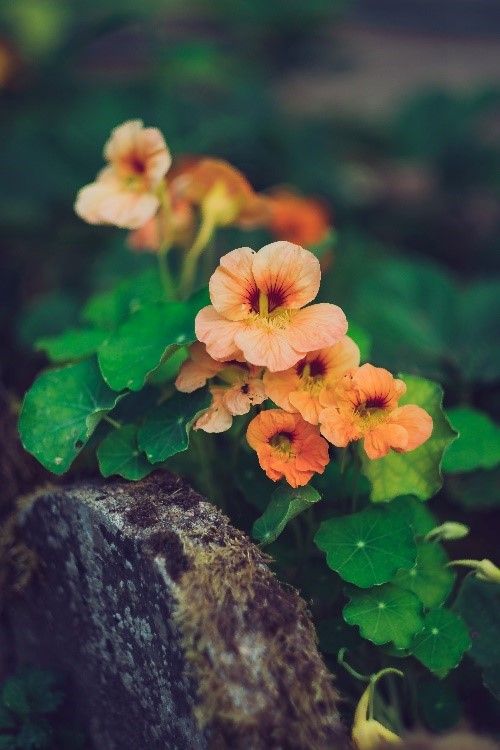
There are many plants that can help attract these critters to your garden community. Nasturtiums, for example, are easy to grow, and produce brightly coloured edible flowers that attract pollinators. If you are having an issue with aphids, beetles or weevils in your veggie garden, consider planting nasturtiums as a companion plant – they attract those pest insects, distracting them and saving your precious kale and broccoli! Other plants that attract beneficial insects include: clover, chamomile, and sunflowers. Read more about supporting and attracting beneficial insects in your garden in this publication from Oregon State University, and check out West Coast Seeds’ Guide to Companion Planting.
Allelopathy is the phenomenon where naturally occurring chemicals in one plant prevent the growth of other particular plants nearby, and/or deter certain insects from coming near it. By planting potent herbs like catmint, chives or dill nearby your garden plots, you can deter many insect pests from coming anywhere near your crops! Borage specifically repels cabbageworm and tomato hornworm, so plant these brilliant purple flowers near your tomatoes and brassicas (cabbage, kale, broccoli, etc.) to add a natural layer of protection from these pests – not to mention, the bees will love it!
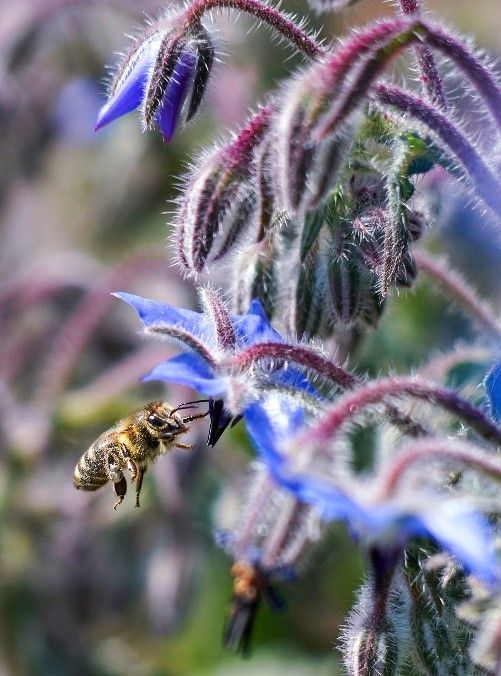
Pesticides can be incredibly harmful. They can harm beneficial insects or wash off your property and impact insect life in streams which is a critical food source for salmon and other aquatic species. You can try these alternative solutions for managing common garden pests:

Be sure to apply this concoction in the evening, rather than during the day so your soap spray does not evaporate in the sun. Applying the spray in the evening also helps to avoid impacting beneficial insects like pollinators, since they will be less active in the evening. Soap sprays effectively suffocate insect pests, working by coating their bodies, blocking the pores through which they breathe.
Visit this article by TreeHugger.com for more ideas of natural concoctions you can make at home to help deter unwanted insects in your garden. Plus, steer clear of chemical pesticides! Check out our Pesticides to Avoid Tool Kit article to learn more about which chemical pesticides should be avoided at all costs due to their impacts on salmon and other aquatic life.
Sometimes the pests are bigger and require other strategies for protection.

You can make your garden deer proof by surrounding individual shrubs and young trees with deer fencing, or install an angled (45 degrees) fence at least 6 feet high around your entire garden to keep deer out. A simple, inexpensive option is to string up deer netting around your yard, making sure to add flagging on the netting to prevent deer from walking into the nets and becoming entangled. Check out this article from the BC SPCA to learn more about fencing options to keep deer out of your garden. You can also choose garden plants with strong scents or fuzzy or prickly foliage that are naturally not as tasty to deer!
Fencing can also be effective for rabbits and rodents if the mesh is small enough. Another option is a deterrent spray to keep them off of the tender shoots in your garden. You can use cayenne pepper spray on the plants rabbit seem to enjoy most to help keep them away. Thankfully, this method also works at preventing deer from munching on your plants as well.
Deterrent cayenne Pepper Spray: Mix 2 tsps of cayenne powder or other hot pepper and combine that with 6-8oz of water. You can also add garlic powder in there for added benefit. Spray this around your garden on the plants you want to keep rabbits away from.
Check out this article from Seeds and Grains for more clever tricks to deter rabbits, including setting up motion activated sprinklers to spook them out of your garden.

Crop rotation, or the practice of changing the plant family growing in your garden plot each season, is a natural method to reduce issues with pests and balance the nutrient budget of your soil. Many veggie garden plants come from a few ‘families’ (e.g. closely related) and share common characteristics like rooting depth, soil pH preference, nutrient requirements, and specific pest and disease susceptibility. When a given family is planted in the same plot year after year, it depletes the soil of the nutrients it needs, leading to an imbalance in soil nutrients that would need to be remedied by the application of fertilizers. Switching up plant families allows the soil to recover and stay balanced in its nutrient composition. Some of the most common plant families in gardening and agriculture can be found in the pictures below.
Common veggie garden families:
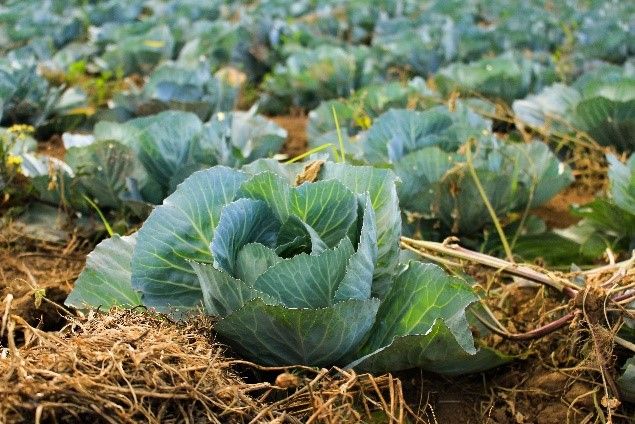

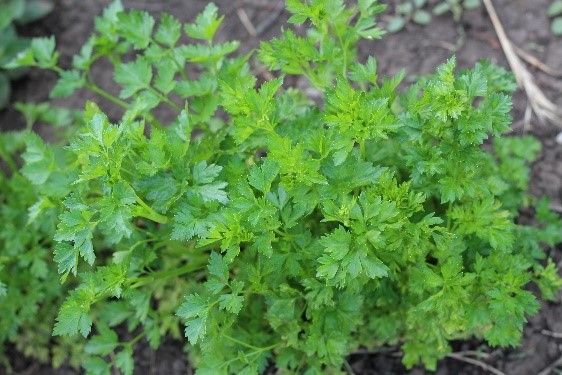

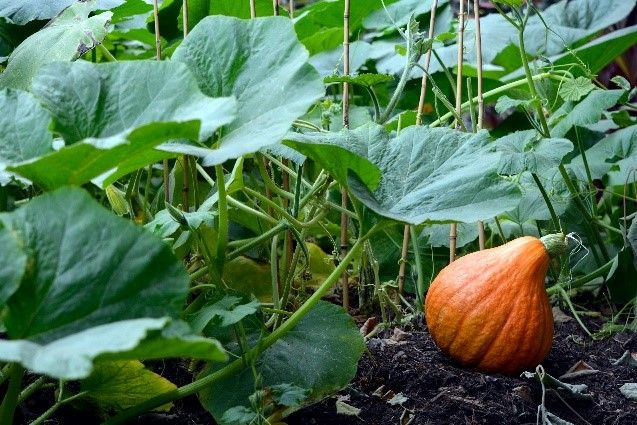
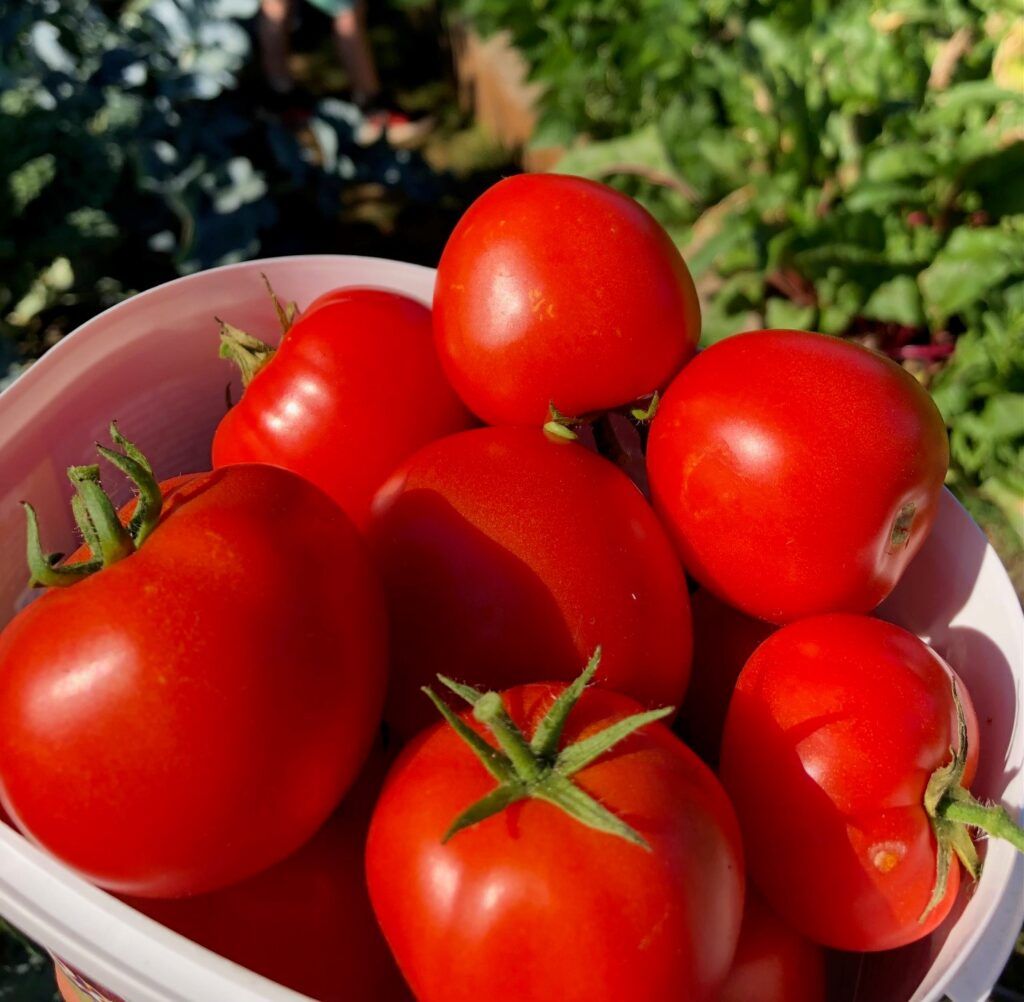
One common plant family is the Brassicas – or 'the cabbage family', which includes kale, broccoli, kohlrabi, cauliflower and cabbage. This family is a heavy feeder (requires lots of nutrients) and susceptible to cabbage root maggot, so after planting a bed of Brassicas one year, rotate to Legumes, which are not susceptible to the pest and have a symbiotic bacteria that fixes nitrogen around the roots to replenish the soil, then plant Alliums (onions and garlic) and Solunums (peppers, tomatoes) in that plot, then Umbellifers (carrots, parsley) and squash the next year. This is just one example of a four year crop rotation, but there are many other families to play around with to suit the size of your garden and tastes. The important factor is to make sure the same family of plants does not occupy the same space more than once every three or four years. Learn more about how to plan your garden with crop rotation in the Old Farmer’s Almanac Guide to Crop Rotation. To learn more about the different plant families and organic gardening, check out this book: Backyard Bounty: The Complete Guide to Year-Round Organic Gardening in the Pacific Northwest by Linda Gilkeson.
Looking after your soil will help you reduce the need for fertilizers and help your plants reach their full potential.
Don’t forget to plant a cover crop to protect your soil over the winter time! Cover crops are plants that are grown in the off seasons of agricultural crops, and are often hardy plants throughout the winter.

Try out red clover or fall rhye in your garden! Many cover crops like fava beans (a legume) and hairy vetch have the added benefit of fixing nitrogen into the soil, so come spring, you can turn that cover crop into the soil and plant your seeds directly in the nourished soil. Not only do cover crops prevent weeds from taking over your garden box in the absence of crops over winter, they are a key element in maintaining soil health over time. Cover crops can also attract pollinators and provide excellent habitat for beneficial insects like ground beetles.
Another option to protect your soil over winter is to cover it with mulch. Mulch adds good organic material without much hassle. You can even use your plants as mulch! Once they are done for the season, pull them out of the soil and leave them on top – this provides nice cover to the soil, but only do so if the plants are not diseased! If there are deciduous trees on your property, consider making use of the leaves that fall from those trees in autumn by either leaving them on top of the grass, or using them as mulch in your garden beds to cover the soil over winter.
The benefits of mulching your garden beds with leaves:
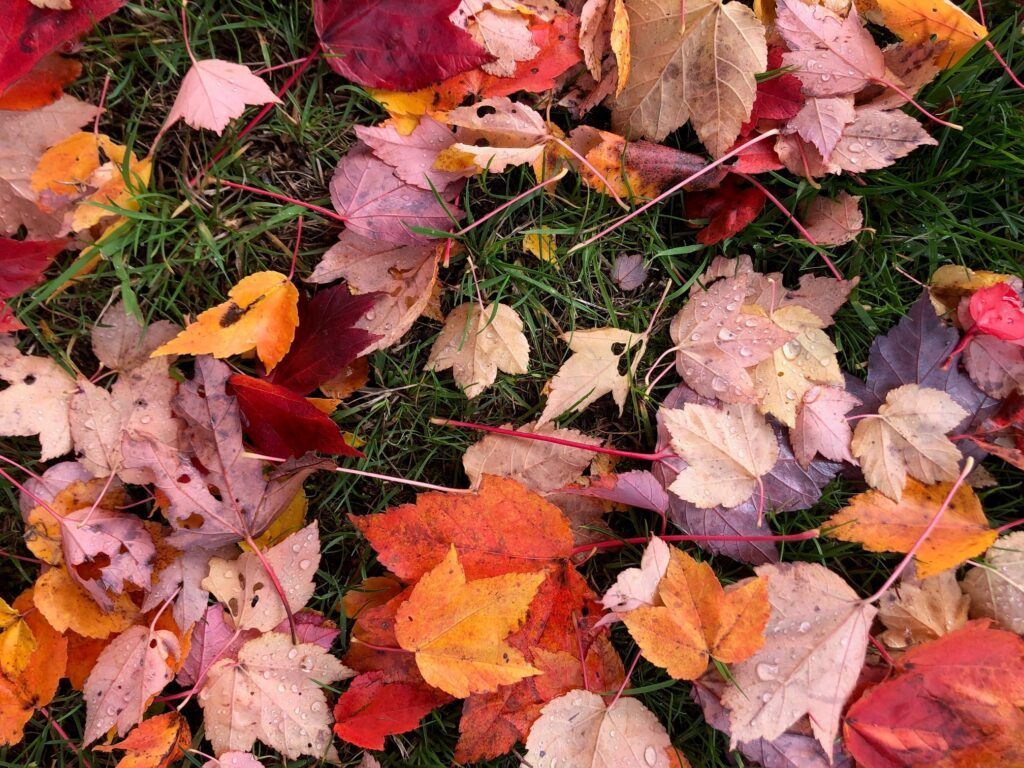
While agricultural crops often benefit from soil nourishment, chemical fertilizers are not ideal, as they are often applied in excess, and can easily leach out of the soil and into nearby waterways. Eutrophication occurs when excess nutrients enter a waterbody – often through runoff of fertilizers – fueling an overgrowth of algae. That algal growth takes over the habitat, then when it completes its life cycle, the dead algae decomposes within that water body – a process which uses up oxygen in the water, making the environment inhospitable for fish and other aquatic life. Don’t contribute to eutrophication in your community, be smart about fertilizer application!


Did you have an excellent crop of tomatoes this year? Consider saving the seeds to grow the same variety next year. Seed saving is an age old process. It helps us be more self sufficient and develop seed sovereignty where we are less reliant on commercial seeds. Not to mentioned, saving seeds from your garden can help with maintenance of diversity.
When choosing your plants, consider buying heirloom and open-pollinated varieties. Buy your starts or seeds from local farmers and nurseries that carry varieties that are open-pollinated and adapted to your local environment. Some of the larger commercial seed producers only offer patented seeds where you must repurchase them each year. Many communities have Seedy Saturday events where you can purchase local, open-pollinated varieties. Find an event in your area, and stop by to start your seed saving practice today!
Not sure where to start? Many organizations like the Organic Seed Alliance have made seed saving guides like this one freely available and ready for download.
Photo Credits: Priscilla Du Preez on Unsplash; Eiko Jones; Erik Kartis on Pexels; Maylee on Unsplash; Flash Dantz on Unsplash; Trung Thanh on Unsplash; Sam Forson on Pexels; Greta Hoffman on Pexels; Arnaldo Aldana on Unsplash; Mick Haupt on Unsplash; Marina Yalanska on Unsplash; Steffi Pereira on Unsplash; Jeffrey Hamilton on Unsplash., Eco Warrior Princess on Unsplash.